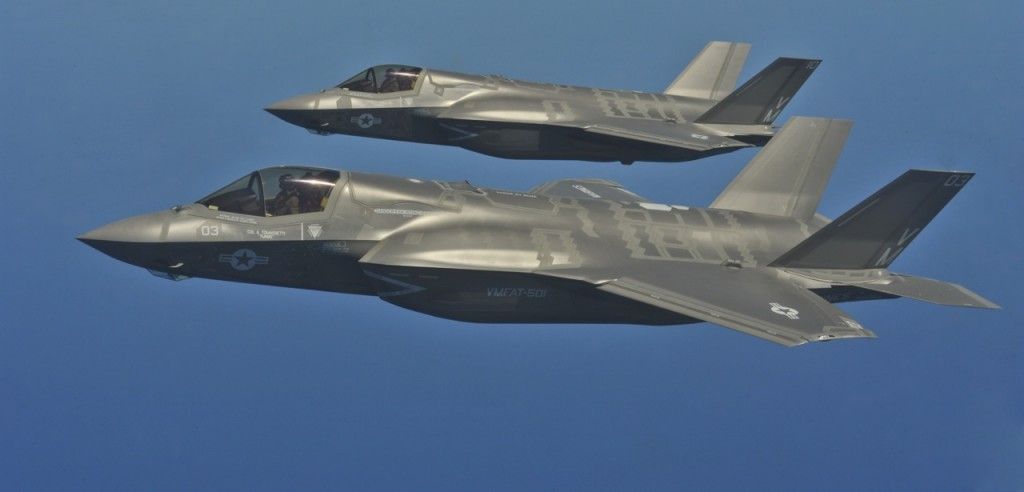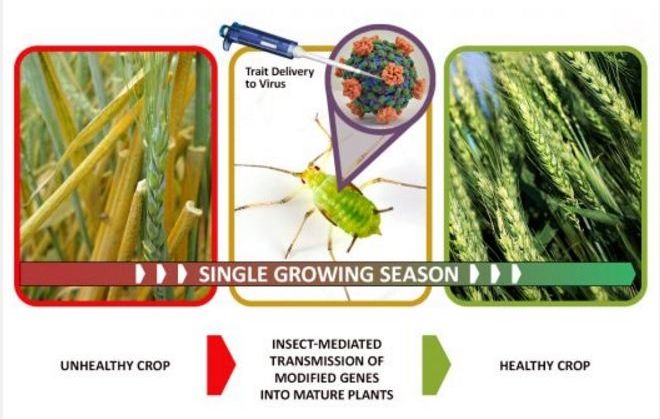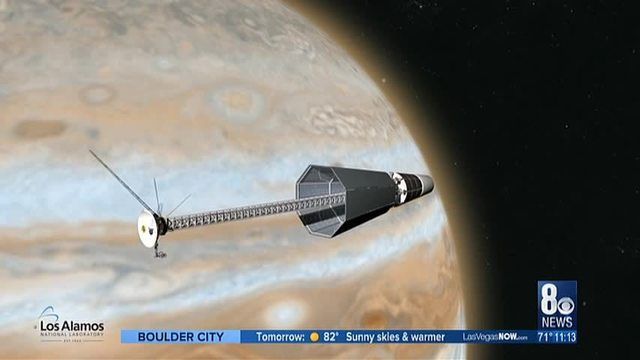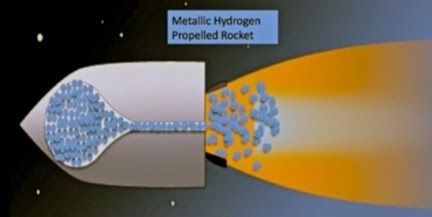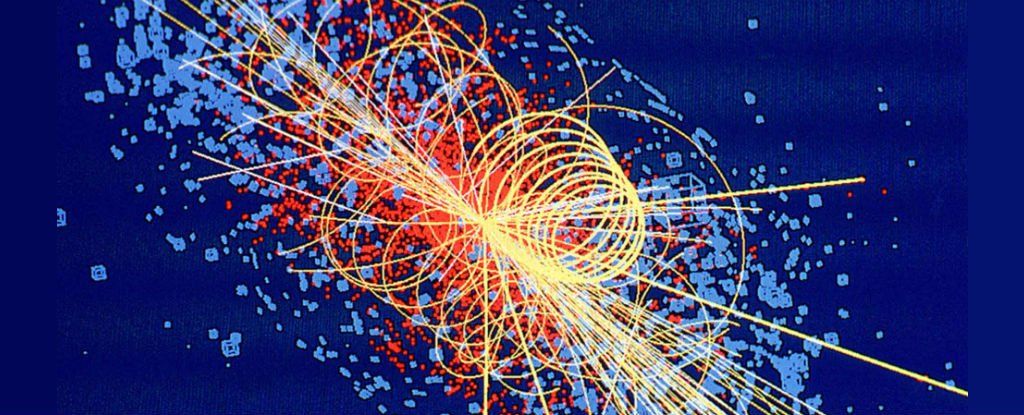Page 10701
Nov 5, 2016
DARPA Ups Funding For Autonomous Electronic Warfare Work « Breaking Defense
Posted by Karen Hurst in categories: military, robotics/AI
This is what scares me; autonomous warfare.
WASHINGTON: DARPA is taking another step toward building autonomous electronic warfare systems with a small contract award to BAE Systems.
Artificial intelligence and autonomy loom large in the Pentagon these days. And electronic warfare, much more quietly, dominates a great deal of thinking across the services these days after we’ve watched how the Russians operate against Ukraine and in Syria. So DARPA’s additional $13.3 million award announced today is worth noting.
Continue reading “DARPA Ups Funding For Autonomous Electronic Warfare Work « Breaking Defense” »
My suggestion to FB; learn from Microsoft.
We dug through 50+ job postings and new hire resumes looking for the truth.
Nov 5, 2016
DARPA Aims to Create Armies of ‘Insect Allies’ to Protect Crops Worldwide
Posted by Karen Hurst in categories: biotech/medical, food
A new DARPA program is poised to provide an alternative to traditional agricultural threat response, using targeted gene therapy to protect mature plants within a single growing season.
DARPA proposes to use a natural and very efficient two-step delivery system to transfer modified genes to plants; insect vectors and the plant viruses they transmit.
In the process, DARPA aims to transform certain insect pests into “Insect Allies,” the name of the new program.
Continue reading “DARPA Aims to Create Armies of ‘Insect Allies’ to Protect Crops Worldwide” »
Nov 5, 2016
I-Team: Nuclear reactor test in Nevada could make a Mars trip reality
Posted by Klaus Baldauf in categories: nuclear energy, space
This story may sound like the plot of a science-fiction movie.
Next year, a team of top scientists will hunker down inside a classified facility in the Nevada desert so they can experiment with a piece of advanced technology.
The test will focus on a small nuclear reactor and if it works as planned, it could be a huge step toward putting humans on Mars.
Continue reading “I-Team: Nuclear reactor test in Nevada could make a Mars trip reality” »
Nov 5, 2016
Co-discover of Metallic Hydrogen wrote paper on metallic hydrogen for rockets
Posted by Klaus Baldauf in categories: particle physics, space travel
On October 5th 2016, Ranga Dias and Isaac F. Silvera of Lyman Laboratory of Physics, Harvard University released the first experimental evidence that solid metallic hydrogen has been synthesized in the laboratory.
It took 495 GPa pressure to create. The sample is being held in the cryostat in liquid nitrogen.
Atomic metallic hydrogen, if metastable at ambient pressure and temperature could be used as the most powerful chemical rocket fuel, as the atoms recombine to form molecular hydrogen. This light-weight high-energy density material would revolutionize rocketry, allowing single-stage rockets to enter orbit and chemically fueled rockets to explore our solar system. To transform solid molecular hydrogen to metallic hydrogen requires extreme high pressures.
Continue reading “Co-discover of Metallic Hydrogen wrote paper on metallic hydrogen for rockets” »
Nov 5, 2016
Israel Proves the Desalination Era Is Here
Posted by Shailesh Prasad in category: sustainability
Nov 5, 2016
Technique reveals the basis for machine-learning systems’ decisions
Posted by Shailesh Prasad in category: robotics/AI
In recent years, the best-performing systems in artificial-intelligence research have come courtesy of neural networks, which look for patterns in training data that yield useful predictions or classifications. A neural net might, for instance, be trained to recognize certain objects in digital images or to infer the topics of texts.
But neural nets are black boxes. After training, a network may be very good at classifying data, but even its creators will have no idea why. With visual data, it’s sometimes possible to automate experiments that determine which visual features a neural net is responding to. But text-processing systems tend to be more opaque.
At the Association for Computational Linguistics’ Conference on Empirical Methods in Natural Language Processing, researchers from MIT’s Computer Science and Artificial Intelligence Laboratory (CSAIL) will present a new way to train neural networks so that they provide not only predictions and classifications but rationales for their decisions.
Continue reading “Technique reveals the basis for machine-learning systems’ decisions” »
Nov 5, 2016
This New Hypothesis Claims to Solve 5 of the Biggest Problems in Physics
Posted by Shailesh Prasad in categories: cosmology, particle physics
Physicists have come up with a new model that they say solves five of the biggest unanswered questions in modern physics, explaining the weirdness of dark matter, neutrino oscillations, baryogenesis, cosmic inflation, and the strong CP problem all at once.
The new model, called SMASH, proposes that we only need six new particles to reconcile all of these gaps in the standard model of physics, and the team behind it says it won’t be that hard to test.
The model has been developed by a team of French and German physicists, and they say it doesn’t require any major tweaks to the standard model — just a few new additions.
Continue reading “This New Hypothesis Claims to Solve 5 of the Biggest Problems in Physics” »
Nov 5, 2016
Researchers uncover the origin of atmospheric particles
Posted by Shailesh Prasad in categories: computing, particle physics
In a study led by the University of Leeds, scientists have solved one of the most challenging and long-standing problems in atmospheric science: to understand how particles are formed in the atmosphere.
The research paper, published online today in the journal Science, details the first computer simulation of atmospheric particle formation that is based entirely on experimental data. The research was made possible thanks to a sophisticated laboratory called CLOUD, based within the research facility CERN in Switzerland.
The lead scientist on the study, Professor Ken Carslaw from the School of Earth and Environment at the University of Leeds said: “This is a major milestone in our understanding of the atmosphere. The CERN experiment is unique, and it has produced data that seemed completely out of reach just five years ago.”

